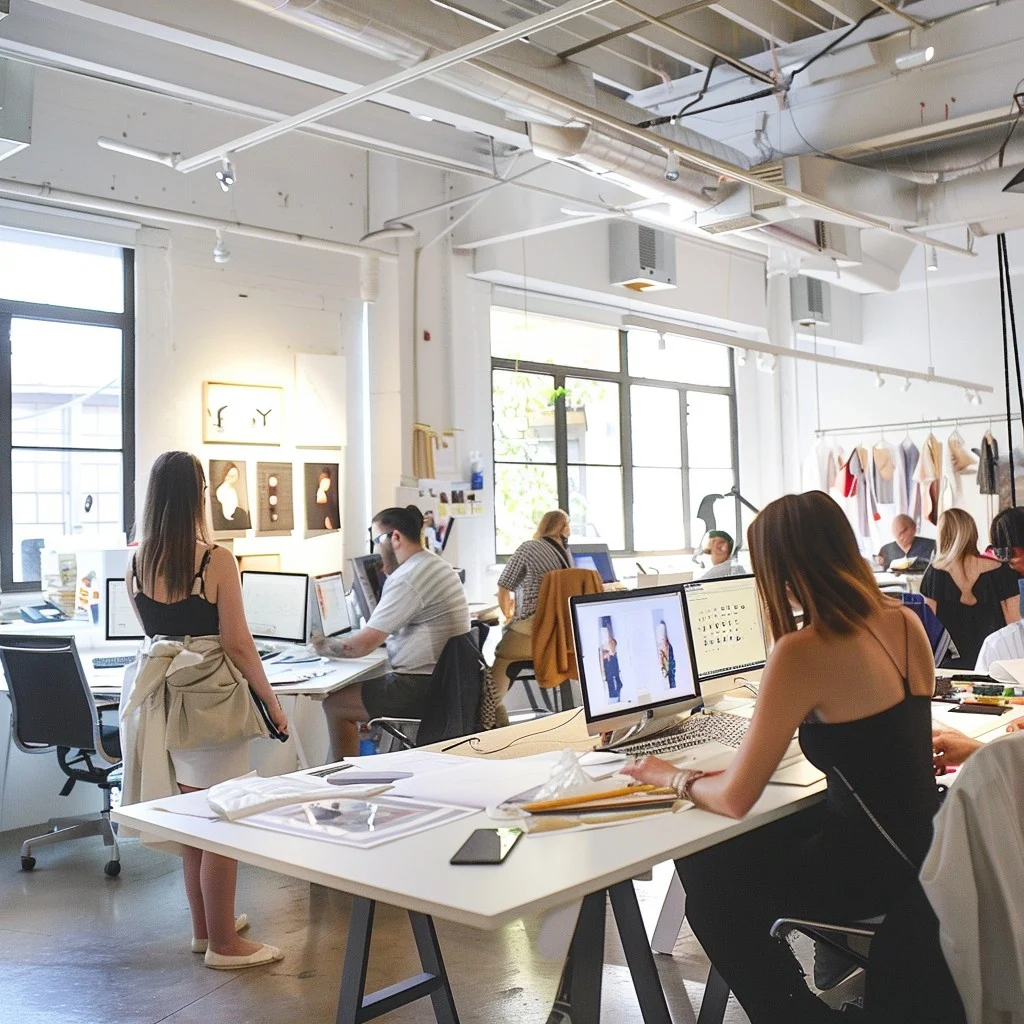I have worked in and around the design of buildings for over twenty years. During that time, I have seen how much of the attention has moved to being low carbon. Building Regulations, industry standards and the whole sector discusses it. Most organisations have specifications and strategies to get to net zero and we are making progress, which is great.
What has been less of a focus is how our buildings and built environment can enable us to be productive and happy. If you moved into a new house in 2005 and new one today, it would be very hard to tell the difference, and it might even have less daylighting, (see below). Most offices and schools, similarly.
There has been interesting work on lighting, biophilia, etc. There are even certifications such as Fitwel and WELL on health and wellbeing in buildings, but you couldn’t really make the case that it has been a major driver in the sector; most buildings are built to engineering and regulatory standards focused on minimum standards, with a regulatory ratchet on being lower carbon.
This is important because new buildings and developments are being constructed in a world that will be post-carbon for most of their existence but will be designed to today’s standards. With the forthcoming Future Homes/Buildings Standard, all new buildings will be all-electric, have good enough fabric and controls. They will decarbonise as the grid goes to zero; soon, if not by 2030. Once we are there, we want to be efficient, but we need to be clear there is nothing they need to decarbonise. They will need to get smarter to reduce bills and balance the grid, but that doesn’t require much physical change.
A rule of thumb for office based business is that for every £1 spent on energy costs, £9 is spent an office leasing costs and £90 on staff costs. Make the staff just a bit more productive and it outweighs all energy bills, (bearing in mind we are in a post-carbon world). As importantly, what price do you put on my greater joy at sleeping well, enjoying a view, or being more active?
An example of how we are seeing a short-term perspective play out is in the issue of overheating in homes. This is a serious issue, particularly for single-aspect flats in cities in the south. A combination of urban heat island, better building standards, limited openings and communal/district heating systems mean that many people struggle to keep cool in the summer, and even spring and autumn.
Building Regulations recently introduced in England and Wales set out to address this. They use calculation methods to assess designs against the risk of overheating. Designers can reduce the risk in various ways, but experience shows the way we are meeting the target is by reducing window sizes and making the glazing more tinted. It works, but only because daylight levels are only guidance; they can be sacrificed. As someone who lived for too long in a basement flat, I can testify to the damage of a lack of daylight in a home.
A few ideas that would not be allowed nor or would be outside standard design, but could make us happier, healthier and more productive:
- Prioritise daylighting (We can still be efficient, but if my watching of Grand Designs tells me anything, it is that people given free rein on the design of their homes normally have a lot of daylight.)
- Would people be more productive and make fewer mistakes in laboratories, factories and offices if they were generally lit at 3,000 lux, not <1,000?
- Office ventilation rates are about 12l/p/s ), would I be more effective at 20? Or, using CO2 levels to drive vent. rates?
- Can it be mandatory that the stairs are the primary option presented for vertical movement in new buildings?
- Ensure people can have powerful showers to wake them up and make them feel good, even if with slightly higher water use
I know this all sounds like crazy talk in a world when we are desperately trying to decarbonise, but that war will be over in a couple of decades, what we build today will be there past 2100 in most cases. It is better that we use a bit more energy and allow people to live comfortably, sleep well!
(Ramboll have written about this. https://www.happinessresearchinstitute.com/publications/happy-home)
Or, at least compromise by designing in a way that allows us to switch to these building standards in future, when zero carbon energy is cheap and abundant.
If you are a policy maker, in government, a CIBSE member, an architect, or a bright young thing starting out in our sector, please remember the challenge of your career is going to be how we make our built environment highly productive and places where we can thrive. How do we do that in a post-carbon world?


Leave a Reply